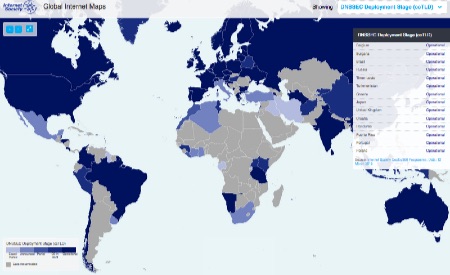
Never. Give. Up.
I was vividly reminded of that lesson last night in the championship game of the Men's Curling League at the Petersham Curling Club where I play. Our team, which had played extremely well together all year, had made it through the playoffs to be in the final championship game against another excellent team.
This was it. The end of the long curling season and a chance to have our names inscribed on the league trophy at the club.
After 5 of the 8 ends (think "innings" in baseball or "periods" in hockey), both teams were tied. Then the other team scored 2 points in the 6th end. Then they stole 1 point in the 7th. So we were going into the final 8th end three points down with a score of 7-4.
We thought we were doomed. It was highly unlikely that there was any way out. Scoring 3 points to tie was going to be extremely difficult based on how well the other team was playing.
In my mind, I had mostly given up.
But part of why I enjoy the sport of curling is the degree of skill it takes... but also the unpredictability of what can happen. A piece of lint on the ice could cause a rock to go off in an unplanned direction. A change in humidity can make the ice slower or faster than it was just a few minutes ago. The skip can call the sweepers on too early or too late and have the rock end differently than planned. The person throwing the rock can throw it wrong... missing the line he/she is supposed to hit or throwing it too hard or too light.
So many variables.
The 8th end began as you would expect. The other team fired their first rock through the rings... just got it out of there. They were up by 3 points - all they wanted to do was knock rocks out and make sure we couldn't score any points.
But then things happened. We made some good shots. They missed a couple of shots. We missed some shots. They made some good shots... the game went on.
But in the end we came down to the final stone of the opposing skip with 4 of our stones sitting in the rings. You can see a photo above that I took of the way it was set up. Our skip had his final stone to throw, too, but we expected the opposing skip to simply come down and sit on our rock that was in the blue "four-foot" ring. Either that or hit our rock out and roll over behind the other rocks where it would have been extremely difficult to get to his rock. It was a comparatively "easy" shot and the opposing skip had made shots like this all the time.
Looking at it I thought we were done.
But... the other skip's final stone was too light! Even with the frantic sweeping of the team the rock didn't make it down to the rings and instead hit the rocks in the front.
Unbelievably... we had just scored 4 points to win!!!
Our skip didn't even have to throw his final rock.
We sat there with our mouths open... uncomprehending at first.
And THEN we celebrated!
Never. Give. Up!
An audio commentary is also available:



